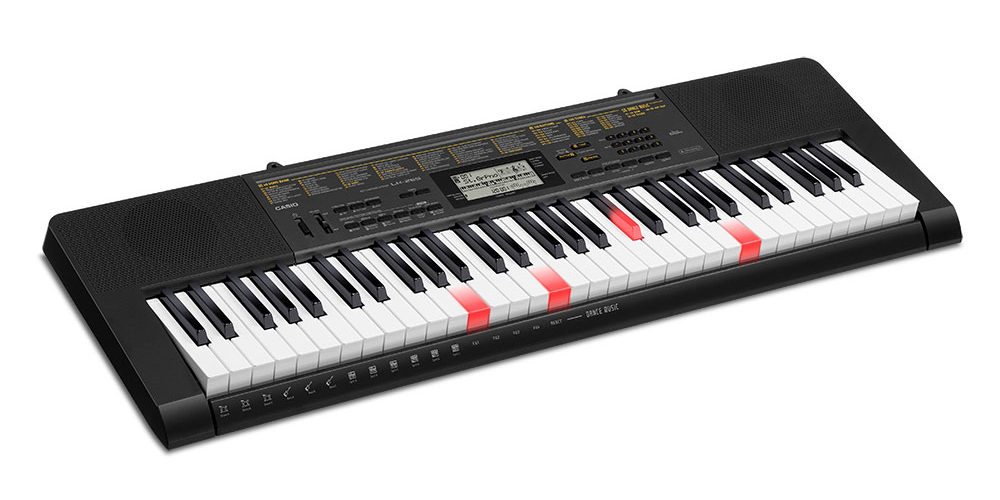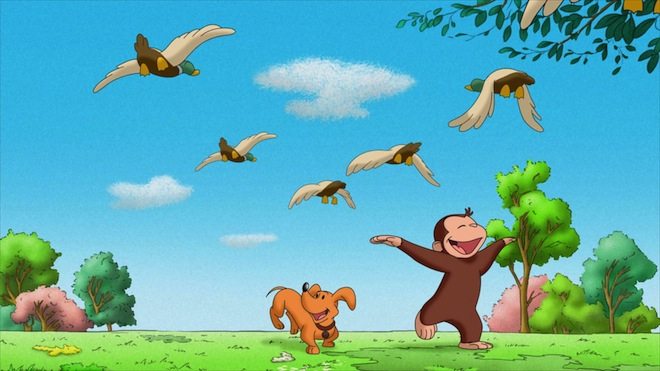
As a group, us geeks can be a little, well, snobbish about the games we play. Why would we play Clue when we could play Catan? Why choose Scrabble over Stone Age? As much as we might think that way, a quick Amazon search for “board games” reveals that classic titles such as Monopoly, Clue, Sorry!, and The Game of Life are still the top results. My husband and I returned to two popular games—Yahtzee and Clue—both of which had recently been given a Firefly-themed makeover, to see if they could win us over.
First up on our Firefly-themed games night was Clue. I had played the game as a child and always enjoyed it, even though young me didn’t quite grasp how to play properly—read this as, my mother always let me win. My husband had never played the game before and was *ahem* clueless about how it operated.
The first thing that struck me was how cheap the game appeared compared to the more high-end (and yes, expensive) games we usually play. The cards were printed on very thin cardstock, the characters were photos housed in cheap plastic rectangles and were already scuffed and scratched, and the board was much flimsier than I am now accustomed to. One element that did live up to scrutiny was the weapons. Each character had an assigned item made of metal, giving us adorable miniatures of Mal’s revolver, Kaylee’s spanner, and, most importantly, Wash’s dinosaur.

The game was easy to set up and explain. Rather than the standard whodunnit of the original Clue, the Firefly version asks us to discover who betrayed River to the Alliance. There is a slight lapse in theming here, unless of course, someone can explain to me how anyone could use a toy Stegosaurus as an implement of betrayal. Go ahead and leave your suggestions in the comments. Characters move around the board/Serenity visiting locations such as the Cargo Bay, Engine Room, and Bridge to solve the mystery. All the locations are depicted in beautiful, detailed illustrations and there are also some secret passageways to ease travel around the ship, including one between Mal’s Room and Inara’s shuttle…
Unfortunately for us, this is where the experience fell apart. The mechanics of Clue simply don’t live up to our expectations after being exposed to so many better games. Even the attempt to add an additional layer of gameplay with Reaver cards wasn’t enough to encourage us to return. At first I wondered whether it would work well as a step-up game for my five-year-old as he grows, until I remembered that he is already playing simplified versions of Ticket to Ride, Castle Panic, and Formula D. As such, Firefly Clue has sat on a shelf since that night and is unlikely to come out for anything less than a dedicated Firefly gaming night.

Our second game of the evening was Yahtzee. Somehow I had gone through life having never played the game, but one thing I did know was that Yahtzee is a game with very few parts, so I wondered what there would be to actually theme. A traditional Yahtzee game comes with three elements: a set of dice, score sheets, and a cup—and this was the case with the Firefly edition too.
I immediately found myself blown away by the level of theming that had been applied to every aspect. The dice are a beautiful, translucent amber and have the Chinese symbols representing each number embossed onto them (the Western digits are printed in small type as well for those of us not familiar with Chinese), which is a subtle but meaningful nod to fans of the show. The score sheets, along with the Firefly logo at the top, have the Blue Sun logo printed faintly behind the score charts in the style of a watermark, making them feel like products that belong in the ‘Verse itself.
Finally, the dice cup is moulded in the shape of Serenity. This is not the cheap, plastic toy I was expecting to receive; rather it is a stunningly detailed model of the ship, which just happens to open up and reveal a cavity to store dice inside. My husband and I must have spent an hour just turning it over in our hands admiring all the little details all the way around it. It actually took us some time to figure out where the join that opens the ship to reveal the dice was because it blends so wells into the design. The ship measures around 9.5 inches long and 6 inches across at its widest point, making it a good size for display (and you will want to display it). Occasionally, one of the legs will pop out from its hole; however, it’s an easy job to slip them back in.

My only complaint about Firefly Yahtzee is that the Serenity “cup” doesn’t really work well at that job. The ship is quite sharp in places (those spikes along the top of the bridge are as pointy as they look) and the large size means it isn’t that easy to get hold of comfortably. Plus, the score pad can’t fit inside, meaning you end up storing parts of the game separately. We ended up playing the game by just rolling the dice in our hands while Serenity watched on from the table, but we were perfectly happy with that arrangement! I really enjoyed playing Yahtzee, even though I’m not generally a fan of games that rely heavily on luck, and now feel it would make a great addition to a games night as a short game in-between more strategic, long-playing games.
So what did we learn? Firstly, that some classics are popular for a reason. Yahtzee holds up well in the short and sweet category and shouldn’t be looked over just because it is popular. Is the Firefly edition worth the $30 price tag when a standard, non-themed copy will set you back only a third of that cost? That depends I suppose on whether you would pay $20 for a model of Serenity.
The second thing we learned was that not everything we loved as children stands up to scrutiny as adults—and that extends to board games too. Is Clue a “bad” game? Not at all. The rules are logical and don’t contradict themselves. It can be easily learned, but also requires players to think rather than just rolling dice. However, for geeks who game regularly, it is simply not enough to keep us entertained. Sorry Firefly, even your thrilling heroics couldn’t save this one.




Firefly Yatzee is absolutely an excuse to have (buy, sell) a model of the Serenety. I’m ok with that. As far as the Stegasaurus… You are right, it should be the T-Rex that is the element of betrayal. As far as mechanics, well a toy can his any number of nefarious tools or codes or bugs or jammers… You name it.
I’ve always loved Clue, though the Master Edition was always the better game and rare now as they won’t reprint it.
A bugged dinosaur? I like your way of thinking. I guess you were indeed burdened with an over abundance of schooling?
If you haven’t tried it, give DnD Clue a chance. It works really well as a game while incorporating thematic nods to the rpg. My kids love it and will intentionally try and fight the monsters versus figuring out who did it! 🙂